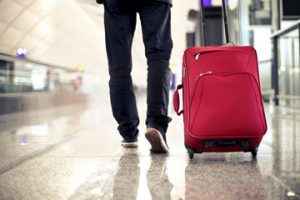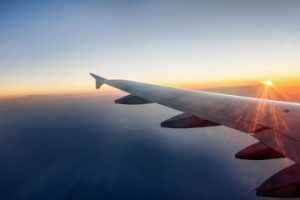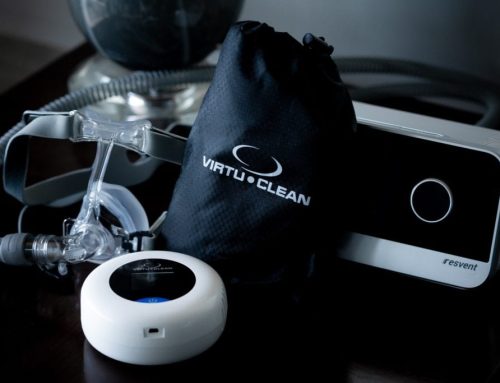Traveling With Sleep Apnea
In 2014, Americans took 2.1 billion trips for the pleasure of business. For individuals with sleep apnea that is a lot of time away from home and brings a dilemma of what to do with their CPAP machines. Do you go through the trouble of lugging it with you or try to sleep and function without it? Fortunately, there are more choices in CPAP treatments and devices to help sleep apnea sufferers travel with ease.
The most common treatment for sleep apnea is a CPAP machine. This machine includes a mask that provides constant airflow which keeps the airway open throughout the night. Some CPAP machines are also capable of tracking breathing changes, and the data is used by your doctor to adjust the air pressure settings as needed as well as add medication or additional treatments.
Some of the most effective sleep apnea machines are large and cumbersome, which makes traveling with them very difficult. Most travelers resist taking their CPAP machines with them when it comes to packing. CPAP manufacturers have taken note of this complaint and have developed CPAP travel solutions that offer excellent alternatives for sleep apnea sufferers.
- Travel CPAP Machine- This CPAP device is a smaller, compact version of your typical CPAP machine. In most cases, these devices are smaller because they don’t use a humidifier tank, which many people are willing to sacrifice for convenience.
- Oral Appliance- An oral appliance is a device that fits similar to a mouth guard that holds the jaw forward to maintain an open airway. Like a CPAP machine, it requires a prescription from the doctor and is fitted to the user by a qualified dentist. Health insurance generally covers oral appliance therapy; however, if you already have a CPAP machine, it may not be covered. An oral appliance could be a solution for your CPAP therapy during traveling.
- Nasal Valve Therapy- This type of device is new. It consists of a valve that attached over the nostrils that is secured with adhesive tape. When the user breathes, the valves open and close, causing the air to be redirected to create resistance that results in pressure in the back of the throat that prevents the airway from collapsing. These devices are approved by the Food and Drug Administration and are single-use. They require a prescription and cost about $2-$3 a day.
Always consult with your doctor for advice on the fit and comfort of your CPAP devices.
Tips For Traveling With Your CPAP Equipment
You should always bring your CPAP prescription and a letter proving medical necessity. Having these documents will ensure that you can show your equipment is necessary to TSA and the flight crew. CPAP devices do not count as a carry-on item because under the Americans with Disabilities Act they are considered medical devices.
 If you are traveling with a humidifier tank, you want to make sure it is empty and dry before packing. Turbulence on an aircraft can cause spills that could damage your equipment.
If you are traveling with a humidifier tank, you want to make sure it is empty and dry before packing. Turbulence on an aircraft can cause spills that could damage your equipment.
If your flight is overnight and you wish to use your CPAP equipment during the trip, make pre-arrangements with the airline. You will need clearance to use your CPAP device during the flight, as well as being seated near a power source.
CPAP Cleaning While Traveling
>Regardless of what type of CPAP device you are traveling with, it will need to be cleaned. Soap and water can do the trick, but a CPAP Cleaning device such as VirtuCLEAN will get the job done much easier. All you have to do is plug the device into your CPAP machine, and it uses ozone to clean and sanitize your equipment. It comes with a bag that you can place your mask, humidifier tank, and other accessories in to clean and sanitize them as well. This device is very small and portable, making traveling with it a breeze. For more information visit our website at www.bestcpapcleaner.com


 Shop
Shop



